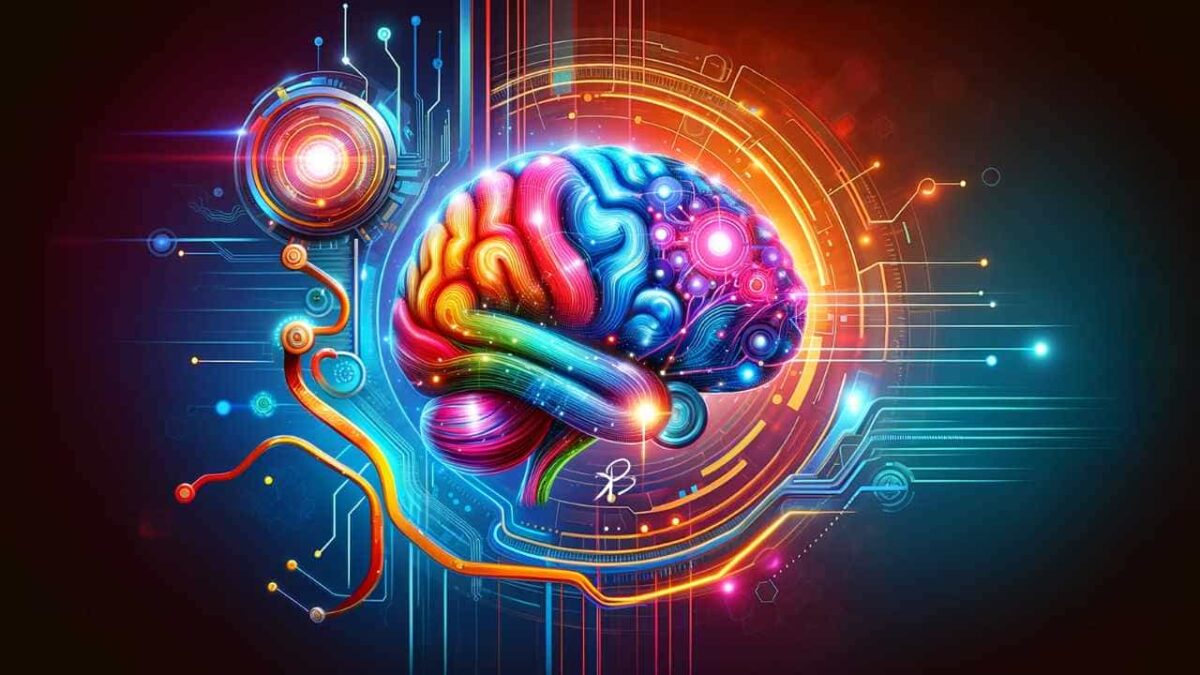Introduction: The Marvel of the Human Brain's Communication System
The human brain, a sophisticated marvel of nature, operates through an intricate network of neurons. These neurons are the core units of the brain and the nervous system, playing a pivotal role in how we think, feel, and interact with the world around us. This article aims to demystify the complex yet fascinating process of how neurons work and share information, unraveling the secrets of neuronal communication that form the basis of our thoughts, emotions, and behaviors.

1. Neurons: The Building Blocks of the Brain
Neurons, often referred to as nerve cells, are the fundamental units of the brain and nervous system responsible for receiving sensory input from the external world, processing this information, and initiating responses.
1.1 Structure of a Neuron
- Cell Body (Soma): The core part of the neuron where the nucleus resides, and most cellular processes occur.
- Dendrites: Tree-like structures that receive signals from other neurons.
- Axon: A long, slender projection that transmits electrical impulses away from the neuron's cell body.
- Myelin Sheath: A fatty layer that insulates the axon, enhancing the speed of signal transmission.
- Axon Terminals: The endpoints of the axon where the release of chemicals to communicate with other neurons occurs.

1.2 Types of Neurons
- Sensory Neurons: Detect stimuli and transmit signals to the brain.
- Motor Neurons: Control muscle movements by transmitting information from the brain and spinal cord to the muscles.
- Interneurons: Form connections between other neurons, mainly located in the brain and spinal cord.
2. How Neurons Communicate: The Synaptic Transmission

Neuronal communication is a complex process involving both electrical and chemical signals.
2.1 The Electrical Impulse: Action Potential
- Resting Potential: The neuron's stable, negative charge when inactive.
- Action Potential: A rapid change in charge across the neuron's membrane, allowing the neuron to transmit an electrical impulse.
- Threshold of Excitation: The level that must be surpassed for an action potential to occur.
- All-or-Nothing Principle: A neuron either fires an action potential completely or not at all.
2.2 Chemical Messaging: Neurotransmitters and Synapses
- Synapse: The gap between two neurons where neurotransmitters are released.
- Neurotransmitters: Chemicals that transmit signals across a synapse from one neuron to another.
- Receptor Sites: Specialized sites on the receiving neuron's membrane where neurotransmitters bind, influencing the neuron's electrical charge.
3. The Role of Neurotransmitters in Neuronal Communication
Neurotransmitters are crucial in bridging the gap between neurons, and different neurotransmitters have various effects on the receiving neuron.
3.1 Types of Neurotransmitters
- Excitatory Neurotransmitters: Such as glutamate, increase the likelihood of the neuron firing an action potential.
- Inhibitory Neurotransmitters: Like GABA, decrease the likelihood of the neuron firing.
- Modulatory Neurotransmitters: Such as dopamine and serotonin, which can alter the effects of other neurotransmitters.
3.2 Neurotransmitter Release and Reuptake
- Synaptic Vesicles: Store neurotransmitters in the presynaptic neuron.
- Release and Binding: Neurotransmitters are released into the synaptic gap and bind to receptors on the postsynaptic neuron.
- Reuptake: The process where neurotransmitters are absorbed back into the presynaptic neuron, ending the signal transmission.
4. Plasticity: The Brain's Ability to Adapt and Learn

Neuronal plasticity is the brain's ability to change and adapt as a result of experience.
4.1 Synaptic Plasticity
- Long-Term Potentiation (LTP): The strengthening of synapses based on recent patterns of activity.
- Long-Term Depression (LTD): The weakening of synapse strength based on inactivity or disuse.
4.2 Neurogenesis: The Birth of New Neurons
- Adult Neurogenesis: The process of generating new neurons in the adult brain, contributing to learning and memory.
5. Disorders of Neuronal Communication
When neuronal communication fails, it can lead to various neurological and psychiatric disorders, such as Alzheimer's disease, Parkinson's disease, schizophrenia, and depression.
5.1 Neurological and Mental Health Implications
- Imbalance of Neurotransmitters: Can lead to mood disorders, anxiety, and other mental health issues.
- Neuronal Damage or Death: Associated with neurodegenerative diseases like Alzheimer's.
Conclusion: The Symphony of Neuronal Communication
Neurons work through a delicate balance of electrical and chemical signals, a symphony that underlies every aspect of our cognition, emotions, and behaviors. Understanding how neurons work and communicate offers invaluable insights into the human brain's inner workings, paving the way for advancements in treating neurological and mental health disorders.
FAQs:
Q1. What triggers an action potential in a neuron?
An action potential is triggered when a neuron receives enough excitatory signals to surpass the threshold of excitation, causing a rapid change in electrical charge along its membrane.
Q2. How do neurotransmitters influence neuron activity? Neurotransmitters bind to receptor sites on the postsynaptic neuron, influencing its electrical charge and determining whether it will fire an action potential.
Q3. Can new neurons grow in the adult brain?
Yes, through a process known as adult neurogenesis, new neurons can be generated in certain areas of the adult brain, contributing to learning and memory.
a blog by bibhatsu kuiri . ©bkacademy
btw you can follow me on social media 🙂 👇
